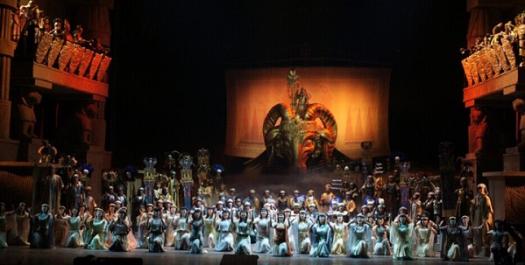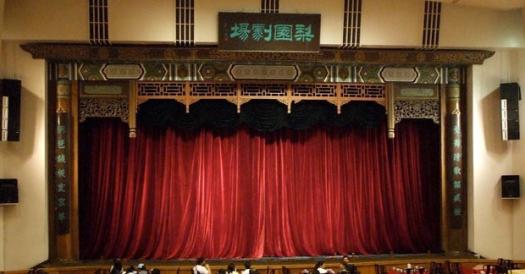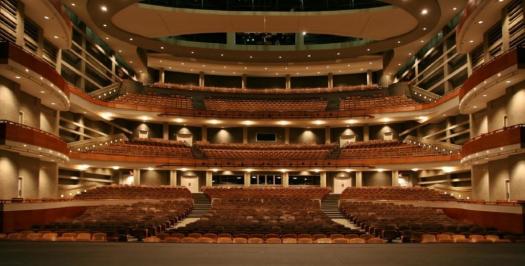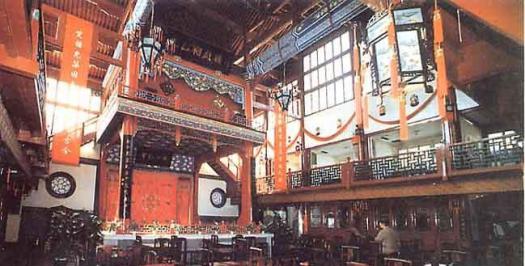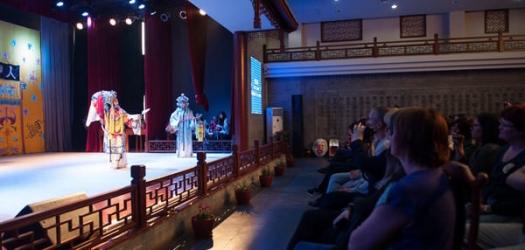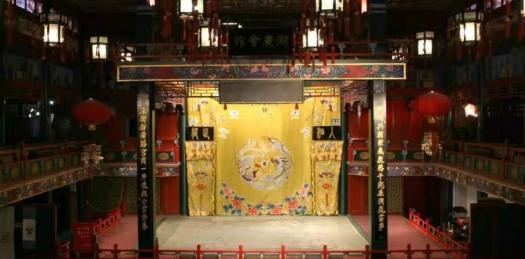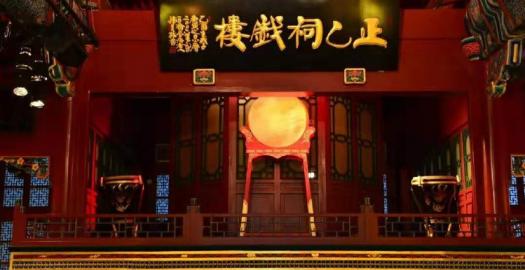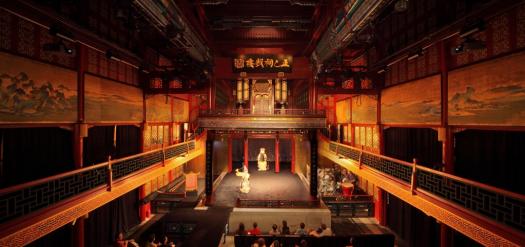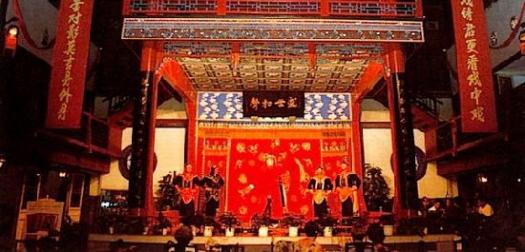Pecking Opera Houses Quiz

Amongst the forms of Chinese opera, Peking opera is the most dominant. Its combination of several entertaining activities such as music, vocal performance, mime, dance and acrobatics has put it in a great position since it came into existence in 1636–1912 and became fully developed and by the mid-19th century, it had become well known and recognized. This quiz is of the purpose of examining your knowledge regarding this very entertaining form of Chinese opera.
- 1.
What was a Theatre space typical of the early phace of the pecking opera called?
- A.
Xiyuan
- B.
Shao-lin
- C.
Ling chao
- D.
Xixie
Correct Answer
A. XiyuanExplanation
The correct answer is Xiyuan. Xiyuan was a typical theatre space during the early phase of the pecking opera.Rate this question:
-
- 2.
The stages of a pecking opera is mostly covered with what?
- A.
Iron
- B.
Wood
- C.
Tiles
- D.
Sand
Correct Answer
B. WoodExplanation
The stages of a pecking opera are mostly covered with wood. This is because wood is a common material used in the construction of traditional opera stages. Wood is preferred for its durability, flexibility, and acoustic properties, which help enhance the performance and acoustics of the opera. Additionally, wood can be easily carved and decorated to create intricate designs and patterns, adding to the visual appeal of the stage.Rate this question:
-
- 3.
Where is the best pecking opera theatre located?
- A.
London
- B.
Russia
- C.
Hong Kong
- D.
Beijing
Correct Answer
D. BeijingExplanation
Beijing is considered the best location for pecking opera theatre. The question asks for the "best" location, implying that there are multiple options to choose from. Among the given options, Beijing is known for its rich cultural heritage and is home to many famous pecking opera theatres. It is widely recognized as the center for this traditional form of Chinese opera, making it the most suitable answer.Rate this question:
-
- 4.
What year did the Chinese start the usage of huge theatre houses?
- A.
1960
- B.
1920
- C.
1950
- D.
1970
Correct Answer
B. 1920Explanation
In the 1920s, China experienced a cultural movement known as the "New Culture Movement" which aimed to modernize Chinese society. As part of this movement, the Chinese started using huge theatre houses to showcase plays, operas, and other performances. This marked a significant shift in Chinese performing arts, as it allowed for larger audiences and more elaborate productions. Therefore, the correct answer is 1920.Rate this question:
-
- 5.
The pecking opera was first performed in?
- A.
Beijing
- B.
Hong Kong
- C.
Taiwan
- D.
Vietnam
Correct Answer
A. BeijingExplanation
The correct answer is Beijing because the pecking opera originated in Beijing, China. It is a traditional form of Chinese opera that combines singing, acting, and acrobatics. Beijing has a rich cultural history and is known for its traditional performing arts, making it the most likely place for the pecking opera to have been first performed.Rate this question:
-
- 6.
The plays of pecking opera are divided in two groups and these are?
- A.
Wenxi abd Wuxi play
- B.
Dan and Chou play
- C.
Chou and San play
- D.
Clau and Dan
Correct Answer
A. Wenxi abd Wuxi playExplanation
The correct answer is Wenxi and Wuxi play. This answer is correct because the question states that the plays of pecking opera are divided into two groups, and the only option that mentions two names is Wenxi and Wuxi.Rate this question:
-
- 7.
The wu stories in a pecking opera are based on what?
- A.
Dance and fighting
- B.
Historical stories of heroic battles
- C.
Planting and Manning
- D.
Comedy and Songs
Correct Answer
B. Historical stories of heroic battlesExplanation
The wu stories in a pecking opera are based on historical stories of heroic battles. These stories depict the bravery and valor of warriors who fought in significant battles throughout history. They showcase the triumphs and struggles of these heroes, providing a source of inspiration and entertainment for the audience. The wu stories often incorporate elements of dance and fighting to bring these historical narratives to life on stage.Rate this question:
-
- 8.
What was adopted to construct the new opera?
- A.
National style
- B.
Local style
- C.
Foreign style
- D.
Dan style
Correct Answer
A. National styleExplanation
The new opera was constructed using the National style. This means that the opera incorporated elements and characteristics that were representative of the culture, traditions, and artistic styles of the nation in which it was created. The use of the National style would have helped to create a sense of identity and authenticity in the opera, making it a reflection of the country's artistic heritage.Rate this question:
-
- 9.
The Nuti act performers are called what?
- A.
Zhengzhou
- B.
Zircon
- C.
Zhexi
- D.
Zulu
Correct Answer
C. ZhexiExplanation
The correct answer is Zhexi. The question is asking for the name of the performers in the Nuti act. Out of the given options, Zhexi is the only one that fits the criteria.Rate this question:
-
- 10.
Pecking opera is also called?
- A.
Stone opera
- B.
Beijing opera
- C.
Long Opera
- D.
China Opera
Correct Answer
B. Beijing operaExplanation
Beijing opera is also known as Pecking opera. It is a traditional form of Chinese theatre that combines music, singing, dance, and acrobatics. The name "Beijing opera" comes from its place of origin, Beijing, the capital city of China. This form of opera has a long history and is characterized by its colorful costumes, elaborate makeup, and distinct vocal style. It is considered one of the most important cultural treasures of China and has been recognized as a UNESCO Intangible Cultural Heritage.Rate this question:
-
Quiz Review Timeline +
Our quizzes are rigorously reviewed, monitored and continuously updated by our expert board to maintain accuracy, relevance, and timeliness.
-
Current Version
-
Mar 19, 2023Quiz Edited by
ProProfs Editorial Team -
Apr 26, 2019Quiz Created by
AdewumiKoju
 Back to top
Back to top



